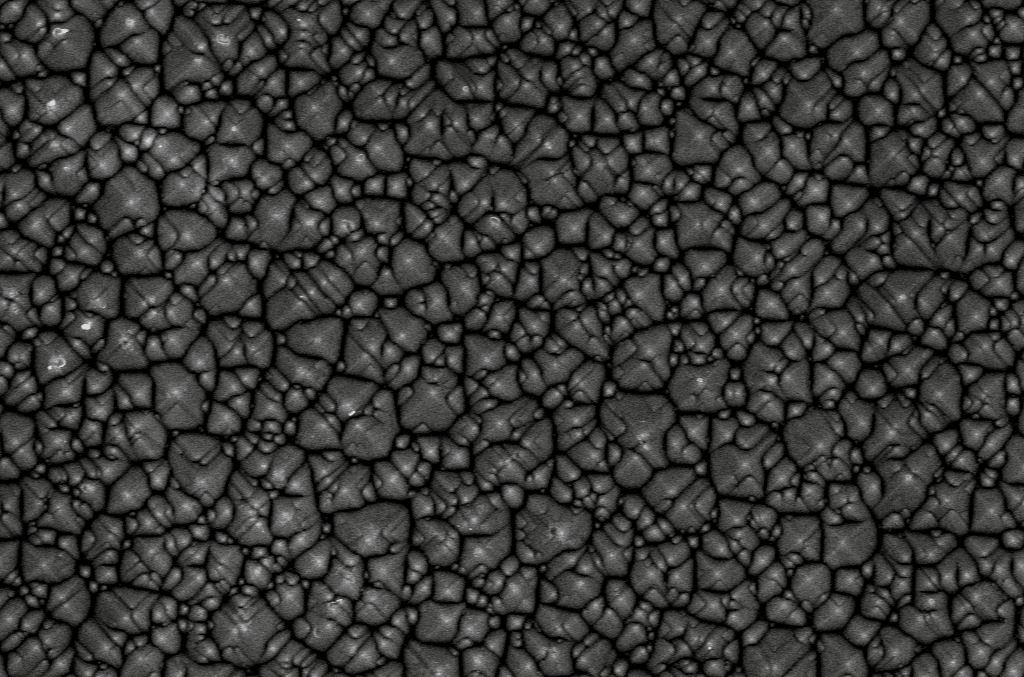


04 September, 2021
Perovskites inevitably feature defects, such as where a particular ion did not slot into place during fabrication, leaving a gap in the structure. These reactive sites can contribute to rapid performance decline — unless they can be plugged. Hence, defect passivation is very important for improving the long-term stability of perovskite solar cells.
Defect sites in perovskites can be positively or negatively charged depending on which ion is missing, but chemical additives for defect passivation can typically plug one type of defect or the other. But PhenHCl overcomes this problem.

PhenHCl boosted the power conversion efficiencies (PCE) of wide bandgap perovskites from 16.7% in untreated cells up to 20.5% in treated cells. “Moreover, PhenHCl passivation improves the PCE of textured perovskite/silicon tandem solar cells from 25.4% to 27.4%. PhenHCl passivation also significantly improved the stability of the perovskite solar cells. Under continuous light soaking, the PhenHCl-passivated device retained 80% of its post-burn-in efficiency for around 106 hours of operation, whereas, the untreated device retained 80% of its post-burn-in efficiency for only 5 hours.

Our simple holistic defect-passivation strategy has drastically improved the semiconductor quality of solution-processed perovskites. Passivating the different types of defects that may be present in perovskites with a single molecule is highly attractive for the industry. The next step will be to integrate PhenHCl passivation with scaled-up perovskite production.
To read more about our findings, please check our article entitled “Concurrent cationic and anionic perovskite defect passivation enables 27.4% textured perovskite/silicon tandems with suppressed halide segregation (Joule 5, 1566-1586 (2021)).”